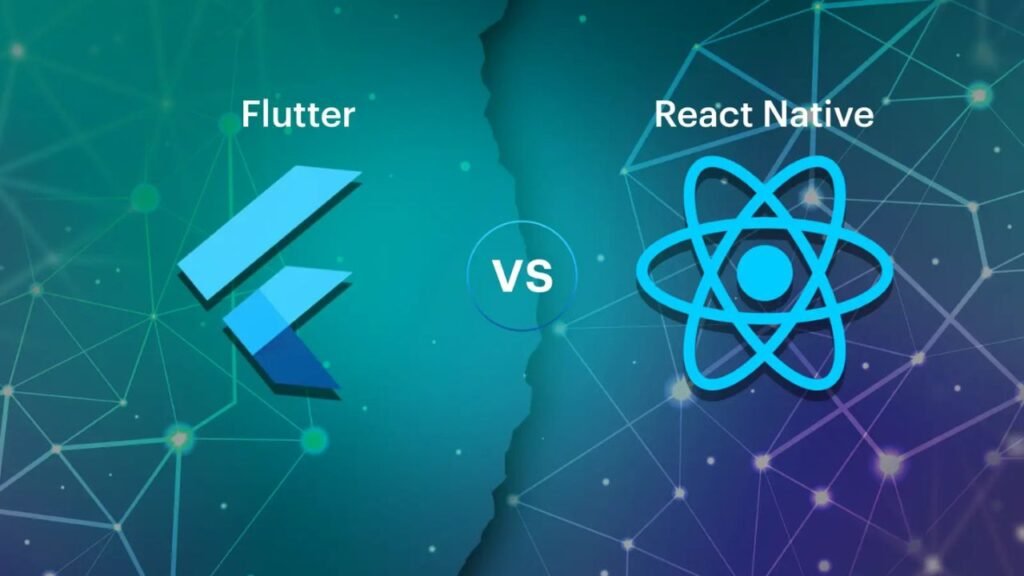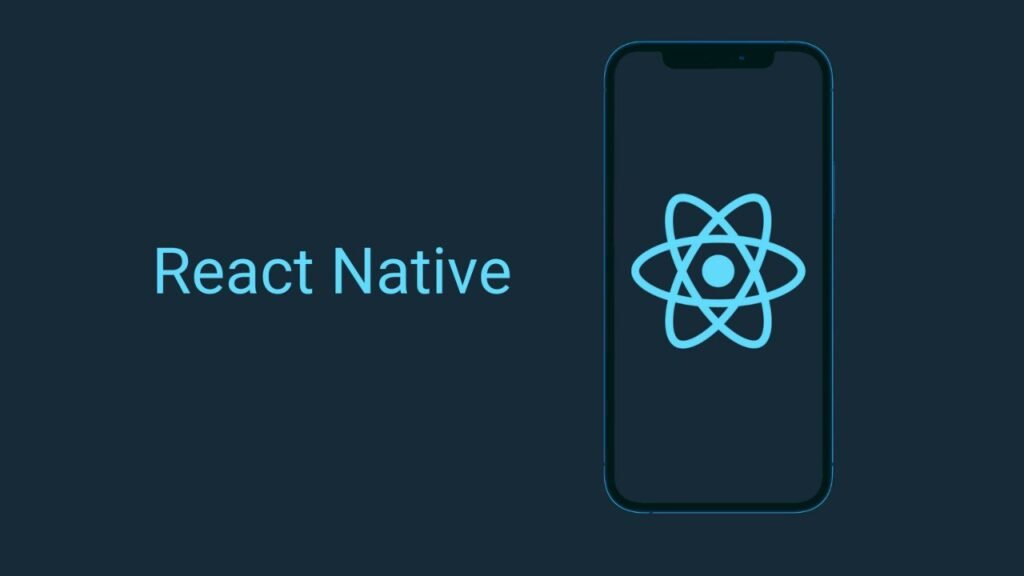
App development is evolving at lightning speed, and choosing the right framework is more critical than ever. Two leading cross-platform tools have taken center stage: Flutter and React Native. Both offer powerful capabilities for building high-performance mobile applications, but the question remains — which is better for app development in 2025?
This blog explores the key differences, performance benchmarks, developer experience, community support, and business use cases of Flutter and React Native to help you make an informed decision.
What Is Flutter?

Flutter is an open-source UI software development toolkit created by Google. Released in 2017, it enables developers to build natively compiled applications for mobile, web, desktop, and embedded devices from a single codebase.
Key Features of Flutter
- Uses Dart language
- Fast rendering with its Skia graphics engine
- Built-in UI widgets for native-like performance
- Hot reload for quick development
- Supports web, mobile, and desktop apps
Popular Apps Built With Flutter
- Google Ads
- Alibaba
- Reflectly
- BMW
What Is React Native?

React Native is a JavaScript-based framework developed by Facebook in 2015. It allows developers to build mobile apps using React and JavaScript while enabling code sharing across platforms.
Key Features of React Native
- Uses JavaScript and React.js
- Native modules for platform-specific performance
- Large plugin ecosystem
- Hot reloading support
- Backed by Meta (Facebook)
Popular Apps Built With React Native
- Discord
- Shopify
Flutter vs React Native: Head-to-Head Comparison
Let’s break down these two frameworks based on essential development factors.
1. Performance
Flutter
Flutter’s performance is often superior due to its direct compilation to native ARM code and the use of its own rendering engine (Skia). This results in smooth animations and faster load times.
React Native
React Native relies on a JavaScript bridge to communicate with native modules, which can lead to slower performance compared to Flutter, especially for animation-heavy applications.
Winner: Flutter
2. Developer Productivity
Flutter
Flutter’s hot reload and comprehensive widget catalog accelerate development. However, Dart is less familiar to many developers, which can slow down onboarding.
React Native
React Native has a lower learning curve due to JavaScript’s popularity. Developers with web development backgrounds transition easily.
Winner: React Native
3. Community and Ecosystem
Flutter
Growing rapidly, Flutter has strong support from Google and a passionate developer community. However, it still lags behind React Native in package maturity.
React Native
React Native boasts a mature ecosystem with a vast array of plugins, libraries, and community support.
Winner: React Native
4. UI and Design Capabilities
Flutter
Flutter gives you full control over the app’s look and feel. It’s especially suited for custom designs thanks to its layered architecture and pre-built widgets.
React Native
React Native relies on native components, which ensures platform fidelity but may limit design flexibility.
Winner: Flutter
5. Code Reusability and Portability
Flutter
Write once, deploy anywhere. Flutter’s architecture allows for building apps for Android, iOS, web, desktop, and even embedded systems with the same codebase.
React Native
Primarily supports Android and iOS, with some support for web and desktop via third-party libraries.
Winner: Flutter
6. Testing and Debugging Tools
Flutter
Flutter provides a rich set of testing tools out-of-the-box for unit, widget, and integration tests. Dart DevTools enhances debugging capabilities.
React Native
React Native supports third-party testing tools like Jest and Detox, but lacks a unified testing suite.
Winner: Flutter
Use Case Scenarios
When to Choose Flutter:
- You want pixel-perfect UI across platforms
- You need high performance and fast rendering
- You’re building for multiple platforms including web and desktop
- You prefer Google’s ecosystem and future-proofing
When to Choose React Native:
- Your team is experienced in JavaScript and React
- You need quick MVP development
- Your app requires native integration and rapid prototyping
- You want access to a wide range of third-party libraries
Developer Experience and Learning Curve

Flutter:
- Dart language may pose a challenge to newcomers
- Excellent documentation and tools
- Fewer third-party libraries compared to React Native
React Native:
- Uses widely known JavaScript
- Extensive tutorials and community-driven content
- Better onboarding for web developers
Overall Ease of Use: React Native
Business Impact and Cost
Both Flutter and React Native offer cost-effective development by enabling cross-platform deployment. However:
- Flutter may reduce long-term maintenance costs due to unified UI and business logic.
- React Native may reduce time-to-market due to a large pool of available developers.
SEO Benefits for Web Apps
If SEO is a core requirement (for example, in progressive web apps):
- React Native Web has better integration options
- Flutter Web is improving but still limited
What the Future Holds
Flutter is gaining significant momentum in 2025, especially with Google’s backing and growing community. It’s evolving to become a universal framework not just for mobile, but for all platforms.
React Native continues to mature with active development from Meta and robust community involvement. It remains highly relevant, especially for businesses heavily invested in JavaScript.
Flutter or React Native?
There is no one-size-fits-all answer. The choice between Flutter and React Native depends on:
- Your development team’s expertise
- Your performance and UI needs
- Your target platforms
- Your timeline and budget
If performance and custom UI matter more, Flutter might be your best bet. If you’re looking for fast development with a familiar language, go for React Native.
Frequently Asked Questions (FAQ)
Q1. Which is faster: Flutter or React Native?
Flutter is generally faster due to its compiled nature and custom rendering engine.
Q2. Is Flutter better for long-term projects?
Yes. Flutter offers more consistent UI across platforms and better code maintenance for multi-platform apps.
Q3. Can I use Flutter or React Native for web development?
Both support web, but React Native Web is more mature. Flutter Web is improving quickly.
Q4. Which is easier to learn for beginners?
React Native, because it uses JavaScript, which is more commonly known than Dart.
Q5. Is React Native still relevant in 2025?
Absolutely. It’s backed by Meta and has a huge ecosystem, making it ideal for many app development projects.
Final Thoughts
In the race between Flutter and React Native, both are excellent frameworks with their own strengths. The best choice depends on your specific project goals, existing skills, and platform needs. Carefully evaluate your options, and you’ll be set up for mobile app success.
If you’re exploring app development, understanding backend connectivity is equally important. Dive into our in-depth guide on IP and Port Management: 127.0.0.1:62893 in Focus – Addressing, Usage, and Security to learn how local host environments, IP addressing, and port usage play a vital role in mobile app testing and secure data transmission.